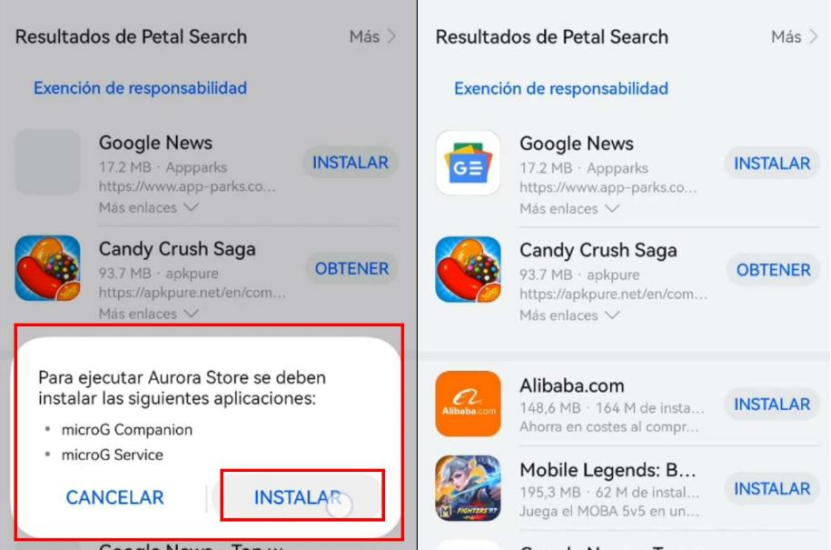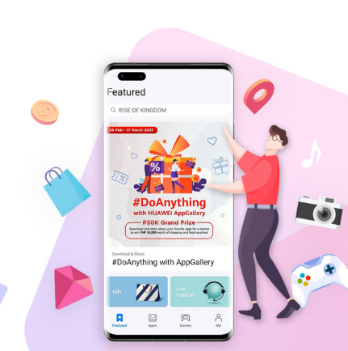The Huawei software ecosystem is designed to create a seamless, interconnected experience across a variety of devices. This ecosystem includes operating systems, app galleries, cloud services, and AI-driven functionalities, all aimed at enhancing user convenience and security. In this guide, we will explore the key components of the Huawei software ecosystem, how they work together, and the advantages they offer.

What Is a Huawei Software Ecosystem?
The Huawei software ecosystem is a comprehensive suite of software solutions developed by Huawei. It includes HarmonyOS, Huawei Mobile Services (HMS), and a variety of proprietary applications designed to work together seamlessly. This ecosystem aims to provide a cohesive user experience across Huawei’s range of devices, including smartphones, tablets, smartwatches, and IoT devices.
How Does the Huawei Software Ecosystem Work?
The Huawei software ecosystem operates on the principle of deep integration and interoperability among its components. HarmonyOS serves as the backbone, enabling smooth communication between devices. Huawei Mobile Services provides essential applications and services, while individual apps like AppGallery, Huawei Video, and Huawei Music enhance functionality. This interconnected approach ensures that users enjoy a unified and efficient experience across all their Huawei devices.
What Are the Components of the Huawei Software Ecosystem?
HarmonyOS
HarmonyOS is Huawei’s flagship operating system, designed to provide a unified user experience across a wide range of devices, including smartphones, tablets, smartwatches, smart TVs, and IoT devices. This operating system is built with a microkernel architecture, which enhances security and flexibility. One of its standout features is the seamless device integration, allowing users to switch between devices effortlessly. For instance, you can start watching a movie on your Huawei TV and continue on your tablet without any interruption. HarmonyOS also supports a wide array of applications, ensuring users have access to the tools they need regardless of the device they are using.
Huawei Mobile Services (HMS)
HMS is Huawei’s alternative to Google Mobile Services, offering a comprehensive suite of applications and services that are crucial for everyday smartphone use. HMS includes:
– Huawei ID: A unified account for accessing all Huawei services.
– Huawei Cloud: Cloud storage and backup services, ensuring that your data is safe and accessible from any device.
– Huawei Themes: Customization options for personalizing your device.
– Huawei Assistant: A smart assistant providing personalized recommendations and search capabilities.
HMS Core provides developers with tools and APIs to create apps that integrate seamlessly into the Huawei ecosystem, ensuring that users have a wide selection of high-quality applications.
AppGallery
AppGallery is Huawei’s official app distribution platform, designed to serve as an alternative to Google Play Store. It offers millions of apps across various categories, ensuring users can find everything they need. AppGallery places a strong emphasis on security, featuring a four-layer detection mechanism to ensure apps are safe to download and use. The platform also supports quick app installation and automatic updates, making it convenient for users. Additionally, AppGallery includes exclusive content and benefits such as gift packs and in-game rewards, providing added value for Huawei device owners.

Huawei Clone
Huawei Clone is a powerful tool that simplifies the transition from an old device to a new Huawei device. With Huawei Clone, users can transfer their contacts, messages, photos, videos, apps, and settings seamlessly. The process is user-friendly and quick, ensuring that no data is lost during the migration. This tool supports both Android and iOS devices, making it versatile for users switching to Huawei from different ecosystems.
Huawei Video
Huawei Video is a versatile streaming service that offers a vast library of movies, TV shows, documentaries, and short videos. The platform focuses on providing high-quality content with various subscription options, including free, VIP, and pay-per-view. Huawei Video also supports offline viewing, allowing users to download content and watch it without an internet connection. The service is integrated with Huawei’s AI features, offering personalized content recommendations based on viewing history and preferences.
Huawei Books
Huawei Books is an e-reading platform that provides access to a vast collection of e-books, magazines, and audiobooks. The platform supports various reading formats and offers features such as customizable fonts, night mode, and annotations to enhance the reading experience. Huawei Books also integrates with Huawei Cloud, allowing users to sync their reading progress across multiple devices. This ensures that you can start reading a book on your smartphone and continue on your tablet or e-reader without losing your place.
Huawei Music
Huawei Music is a music streaming service that offers a rich library of songs, albums, and playlists from various genres. The platform supports high-quality audio streaming and offers features such as offline playback, personalized recommendations, and curated playlists. Huawei Music also integrates with other Huawei devices, such as smart speakers and smartwatches, providing a seamless listening experience across different devices. Users can create their own playlists, follow their favorite artists, and explore new music based on their listening habits.
MeeTime
MeeTime is Huawei’s video calling app, designed to provide high-quality video and audio calls even in low-bandwidth conditions. The app supports HD video calls, screen sharing, and multi-device connectivity, allowing users to take calls on their smartphones, tablets, or smart TVs. MeeTime also includes features such as low-light enhancement and background noise reduction, ensuring clear communication in various environments. The app is integrated with Huawei’s AI technologies, offering features like beauty mode and virtual backgrounds to enhance the calling experience.
Each of these components plays a crucial role in creating a cohesive and comprehensive Huawei software ecosystem, enhancing the overall user experience by providing seamless integration, innovative features, and robust security.
Pros of Using the Huawei Software Ecosystem
Pros
– Seamless Integration: Huawei’s ecosystem offers seamless connectivity between devices.
– Innovative Features: The ecosystem includes cutting-edge technology and AI-driven functionalities.
– Security: Huawei implements robust security measures across its ecosystem.
– User Experience: A unified interface enhances user convenience. And now users can download the Aurora Store on some HUAWEI Smartphones, which helps download all the useful huawei google apps.
Conclusion
The Huawei software ecosystem provides a highly integrated and innovative environment for users, emphasizing security, convenience, and seamless inter-device functionality. While there are some limitations, particularly in app availability, the overall user experience is enhanced by the cohesive operation of Huawei’s proprietary software solutions. Understanding the ecosystem’s components and their benefits can help users make informed decisions about embracing Huawei’s digital environment.
